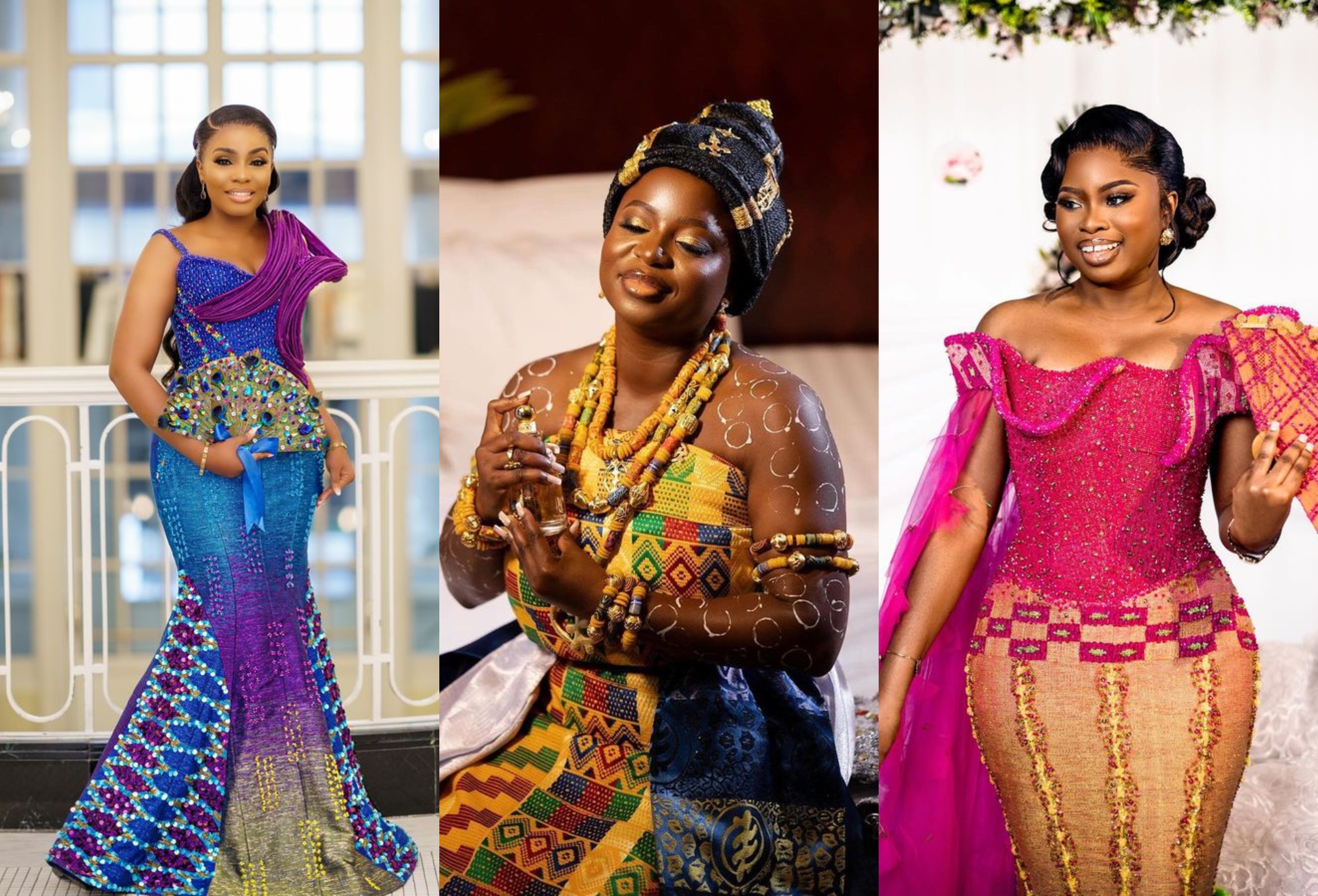
Kente cloth is a stunning and intricate textile originating from West Africa, particularly the Akan people of Ghana.
It is also known to have origins from the Ewe people in the Volta region and other tribes across Ghana.
It is renowned for its vibrant and elaborate patterns, each of which holds specific meanings and symbolism.
While some meanings may vary slightly between different regions and cultures, here is an elaboration on the meanings associated with some of the most common kente cloth colours:
1. Gold (Yellow):
· Royalty: Gold is often associated with wealth and nobility. It symbolizes the importance of leadership and the role of kings and queens within the community.
· Wealth: Gold also represents material prosperity and success. It highlights the importance of economic well-being.
2. Blue:
· Peace: Blue represents a sense of calm, tranquility, and harmony. It symbolizes the desire for peaceful coexistence within the community.
· Love: It can also symbolize love, as it is associated with affection and strong emotional connections.
3. Red:
· Blood: Red symbolizes the blood that binds individuals within a family or community. It signifies the importance of unity and shared heritage.
· Strength: Red represents strength and courage, emphasizing the need to face challenges with determination.
· Passion: It can also symbolize intense emotions, such as love and desire.
4. Green:
· Growth: Green signifies growth and the importance of progress, both personal and communal. It represents the idea of continually improving and moving forward.
· Spiritual Renewal: Green can also symbolize spiritual renewal and a connection to nature.
· Harvest: It is associated with the harvest season, reflecting the agricultural traditions and the importance of food production.
5. Pink:
· Femininity: Pink is often associated with femininity and the nurturing qualities of women. It symbolizes the importance of women in the community.
· Gentleness: It represents tenderness and caring.
6. Purple:
· Healing: Purple is associated with healing and well-being. It emphasizes the importance of taking care of one's health and the health of the community.
· Mother Earth: Purple can symbolize the connection to the earth and the environment, highlighting the significance of ecological sustainability.
· Protection from Evil: Some interpretations link purple to protection from malevolent forces and evil spirits, underlining the need for spiritual and physical protection.
Each kente cloth design is a unique combination of these colors and patterns, creating a visual story that reflects the wearer's heritage, beliefs, and life experiences.
Kente is not only a remarkable textile but also a cultural and artistic expression of African traditions and values.
Read Full Story

























Facebook
Twitter
Pinterest
Instagram
Google+
YouTube
LinkedIn
RSS